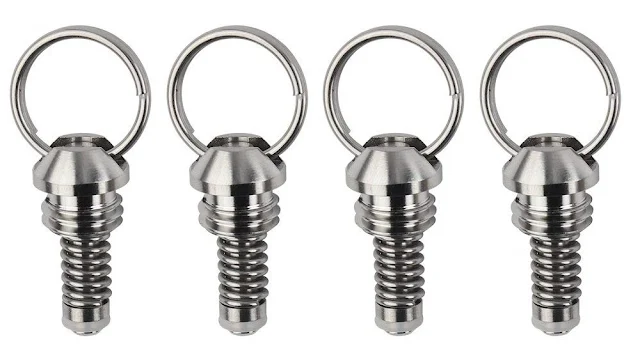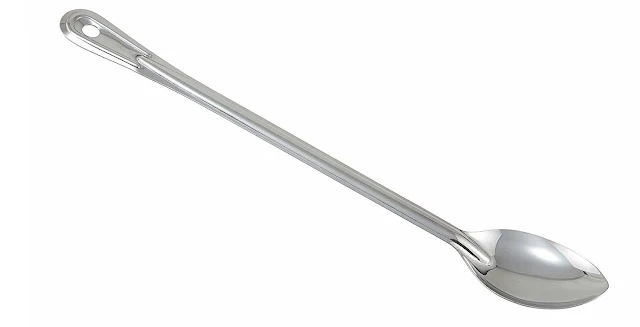What is a refractometer?
A
refractometer is a tool used for measuring concentrations of aqueous solutions. It has many applications across food, agricultural, chemical, and manufacturing industries. A refractometer can be used to measure things like the total plasma protein in a blood sample, the salinity of water and even the amount of water content in honey.
They work by measuring the angle of refraction as light shines through the solution. Don’t ask me to explain the actual science behind it, I just work here man.
What I do know is the
Brix scale is used as the means by which the measurement taken is assessed. Given we are talking measurements here, it should be no surprise that the Brix scale measures the sugar content of an aqueous solution.
This is when you might exclaim “Ha! I got you mate, wort is mostly malt sugars (maltose) and not sucrose so how does the Brix scale apply to beer?”
And I’d say you’d be right and you can account for this learning how to apply a wort
‘correction factor’. Frankly, this can be a bit of pain and is one of the reasons why some
brewers prefer to use a hydrometer to calculate ABV.
Refractometers also only use a very small beer sample, especially less than a hydrometer which is why some brewers prefer them - especially if they are only
brewing small batches of beer.
How is a refractometer used in homebrewing?
In terms of homebrewing, a refractometer used to measure the
specific gravity of the wort before fermentation commences.
You probably already know what specific gravity is. If you don’t, a quick lesson from
Wikipedia.
“Specific gravity is the ratio of the density of a substance to the density of a reference substance; equivalently, it is the ratio of the mass of a substance to the mass of a reference substance for the same given volume.”
Simple right?
In terms of brewing, one uses a refractometer to determine the amount of fermentable sugars which will be converted to alcohol.
What is the best refractometer to use when brewing beer?
There are many kinds of refractometers, and they serve different functions. As a brewer, you want one that is designed to measure sugar. Most brewers use is kind that fruit growers use to measure the sugar concentrations of their fruit to assess ripeness. This way you get a close approximation to wort, but it’s not exact and this needs to be factored when using the Brix scale as mentioned above.
Check out some options on Amazon.
How to properly calibrate a refractometer for testing beer
Just like when you
use a pH meter, refractometers need to be calibrated. There’s no way out of this.
Add distilled water (if you have it) close the plate. Ensuring the liquid to spreads completely across the prism without any dry spots. Allow 30 seconds so that the water can reach the same temperature as the refractometer.
This is important as the readings are temperature dependent.
You simply then aim the refractometer toward a natural light source. Look into the eyepiece and adjust it so that the scale is in focus.
Then adjust the unit’s calibration screw so that the refractometer reads exactly zero.
Now you are ready to sample your wort.
Testing wort with the refractometer
It’s fairly easy to use a refractometer, it’s largely the same process as setting up for calibration.
Once the unit has been properly cleaned of residue and correctly calibrated, place a small sample of wort on the glass.
Shut the cover and take note that the glass is fully wet and has no stuck air bubbles. Give time for the same to warm to the same temperature as the unit.
Turn the refractometer to a natural light source. The refractometer should be held level with the window pointed at the light source. You can take the reading by checking via the eyepiece. Bob’s your uncle.
I should not have to advise you do look at the sun directly but as some of you drink and brew...
Check out some options on Amazon.
Bonus fact!
The first refractometer was invented by
Enst Abbe. It was a complex device that included built-in thermometers and required a circulated water mechanism to keep the instrument cold.
While the devices have been refined and digitised in the hundred years since Abbe’s invention, the principle of how they work remains the same.



